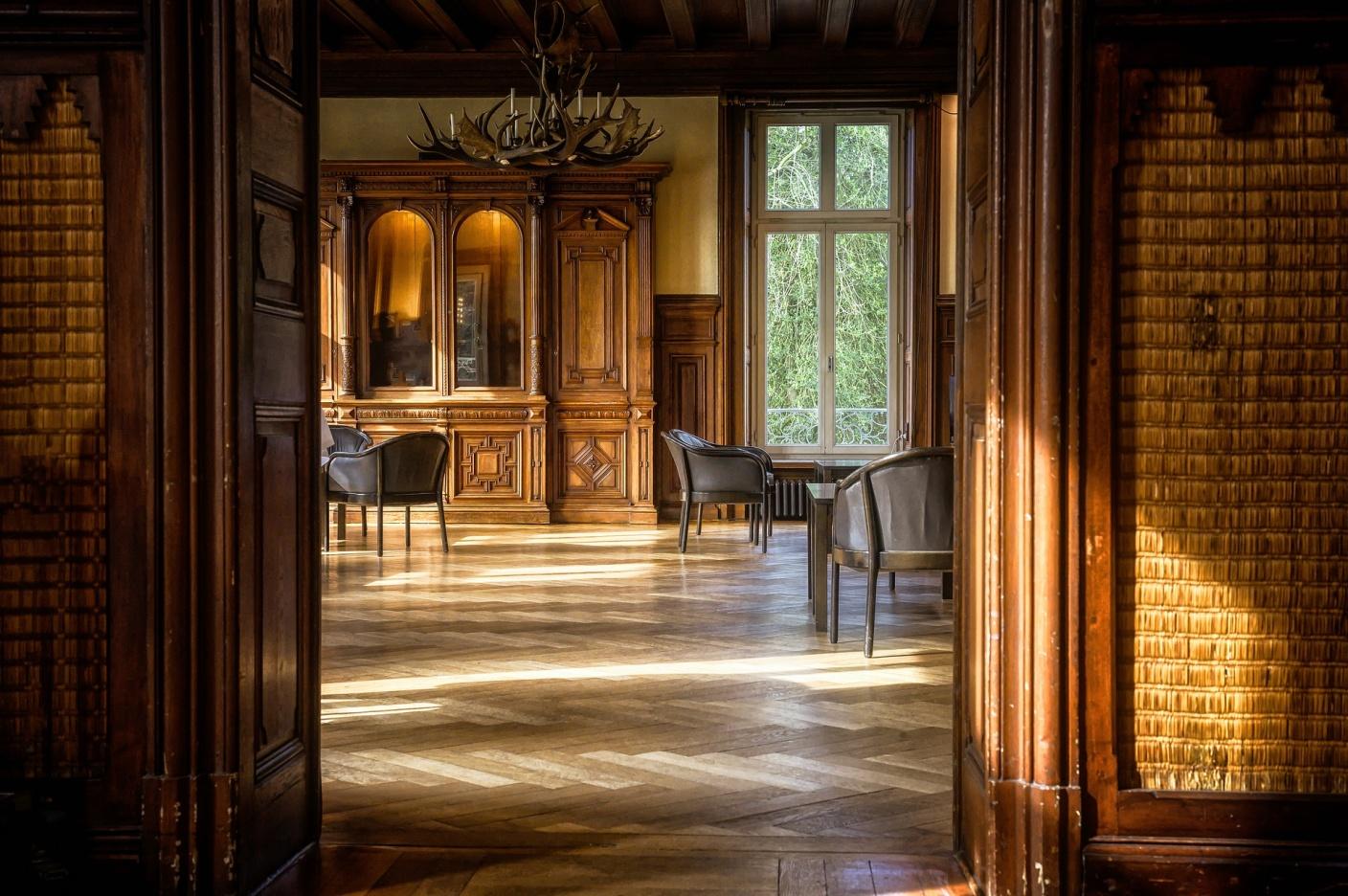You may already be aware that removing laitance is essential, especially if you want your flooring to be as smooth as possible – and, more importantly, not erode or cause problems over time. Laitance can easily form in the troweling process, and this mixture of cement, water, and other fine particles can affect your flooring in such a way as to make it unsafe.

If you don’t make sure to have laitance removed, it can cause long-term damage to your flooring, particularly if you have underfloor heating. But if you are resolved to have laitance removed from your premises, there are also various methods which you can use. So which method is the best? This is where a bit of knowledge can definitely make a difference. Even if your laitance removal specialist will probably give you the best recommendations on which method you can make use of, it pays to know what you can about these methods as well. Here, then, is an in-depth look at the different kinds of laitance removal methods you can use.
What you should consider
The use of flooring can tremendously vary, so you have to think about how your flooring is used when it comes to considering the best laitance removal process or method. You should, for instance, think carefully about the working environment before you can decide on a specific method. For example, the scabbling method can be useful for the preparation of a concrete floor in a site that is unoccupied, although the resultant noise and dust can make it unsuitable for other situations. In the same vein, acid etching can be quite effective, but it isn’t suitable for areas where the fumes (which can be corrosive) may end up damaging steel parts or components used in engineering.
The different methods or techniques for laitance removal
- Acid etching
Acid etching is quite effective, as already mentioned, particularly in areas or places where laitance is thin, and the actual base isn’t too porous. That being said, acid etching isn’t so suitable for areas where laitance is thick, and it is recommended that you carry out acid etching only when you have considered (and rejected) other options for laitance removal. But acid etching can be cost-effective as well, and you can also benefit from it if you would like a surface that has a slight texture for enhanced adhesion (usually for preparing floors for concrete paint). It is also effective for cleaning the substrate.
- Scabbling
Scabbling is a heavy-duty process, and you will often see it in preparing concrete surfaces on motorways. The process involves the use of compressed air, and the tools used include a tool head that has a tungsten tip. This tool will vibrate and then impact the concrete’s surface, which will then shatter it. Scabbling isn’t highly suitable if the flooring system is not more than ten millimetres. It’s also a slow and dusty process, and it can also be dirty and noisy. On some surfaces, it may even damage or harm the concrete or the screed.
- Grinding
The process or method of grinding is done by machinery used for the polishing of terrazzo. It is highly useful for preparing a floor and exposing the aggregate in the substrate. The process may be laborious and quite slow, and the operation involves water, so the dust is restricted, but it is suitable for many applications. With grinding, you may expect some delays whilst the substrate dries.
Of course, there are other methods you can consider, such as abrading, mechanical planing, and grit blasting, but it will depend on the advice of your laitance removal expert who should know which method or process will work best for your specific requirements.
Leave a Reply